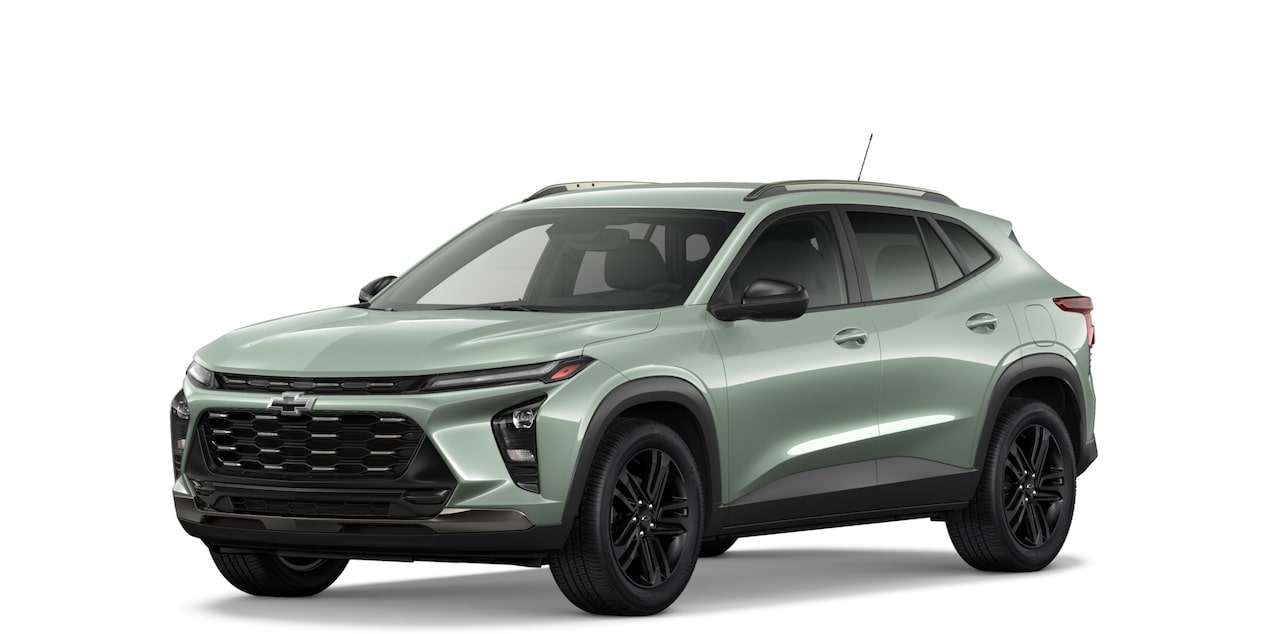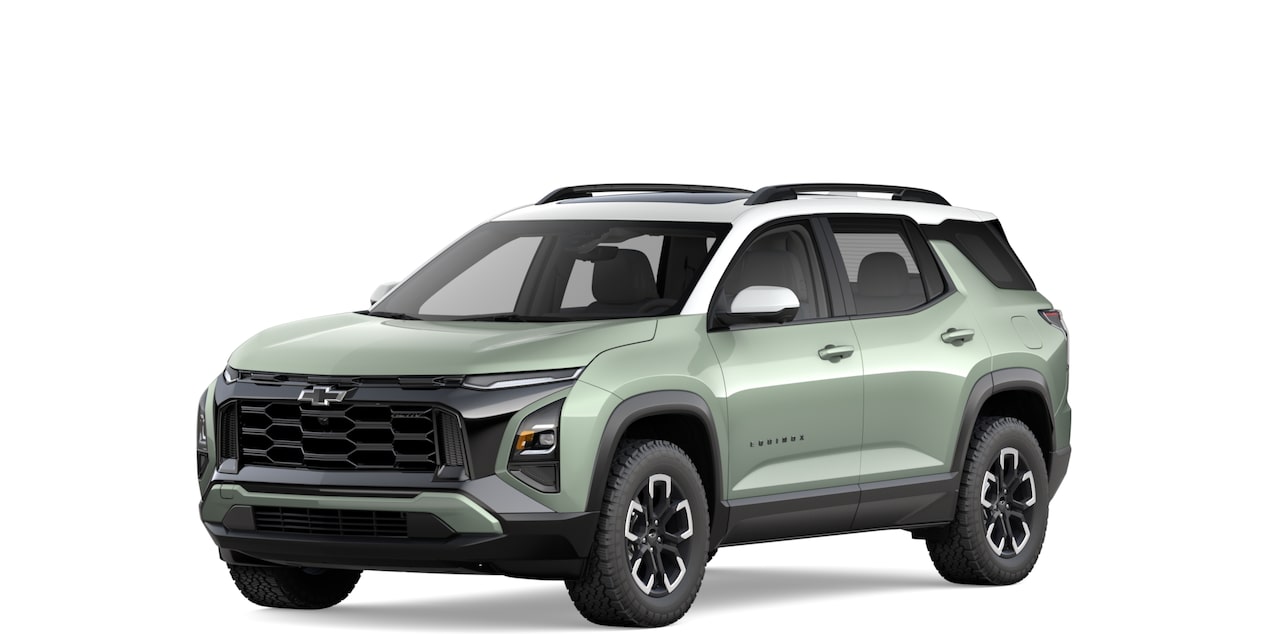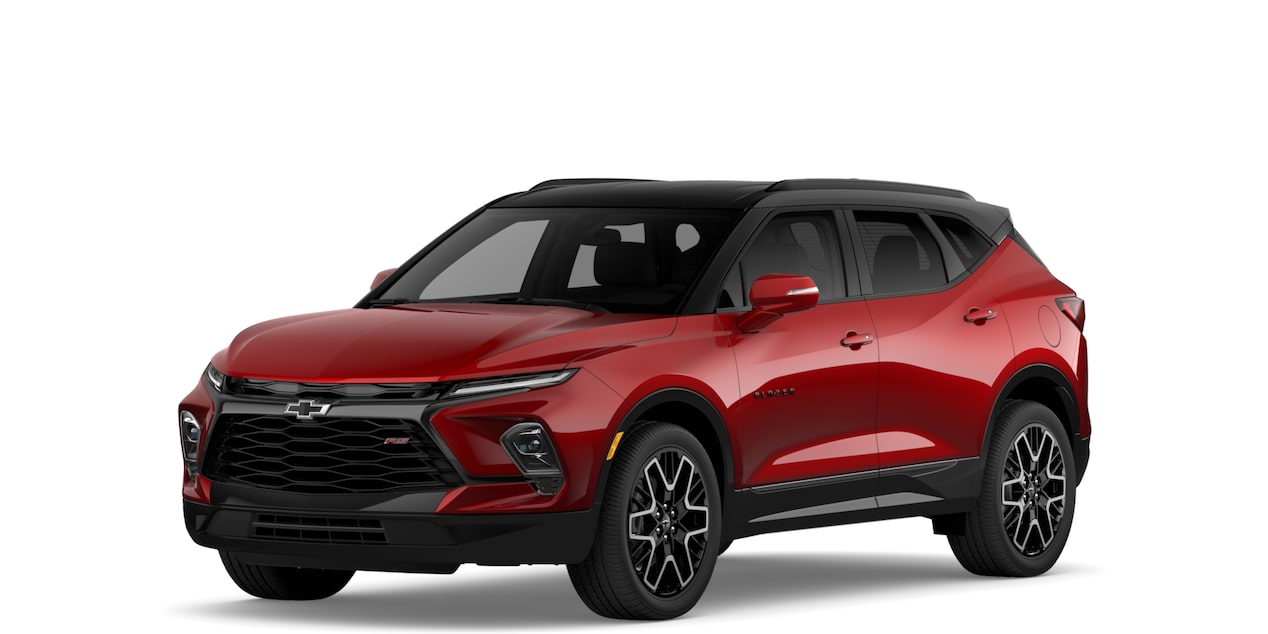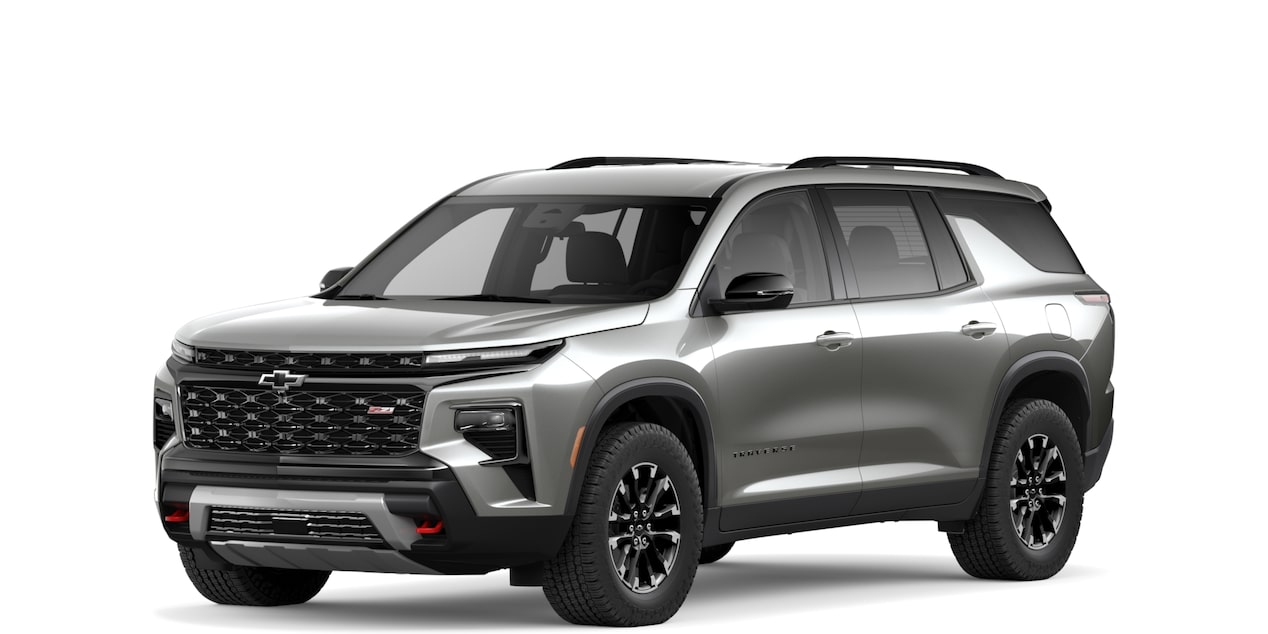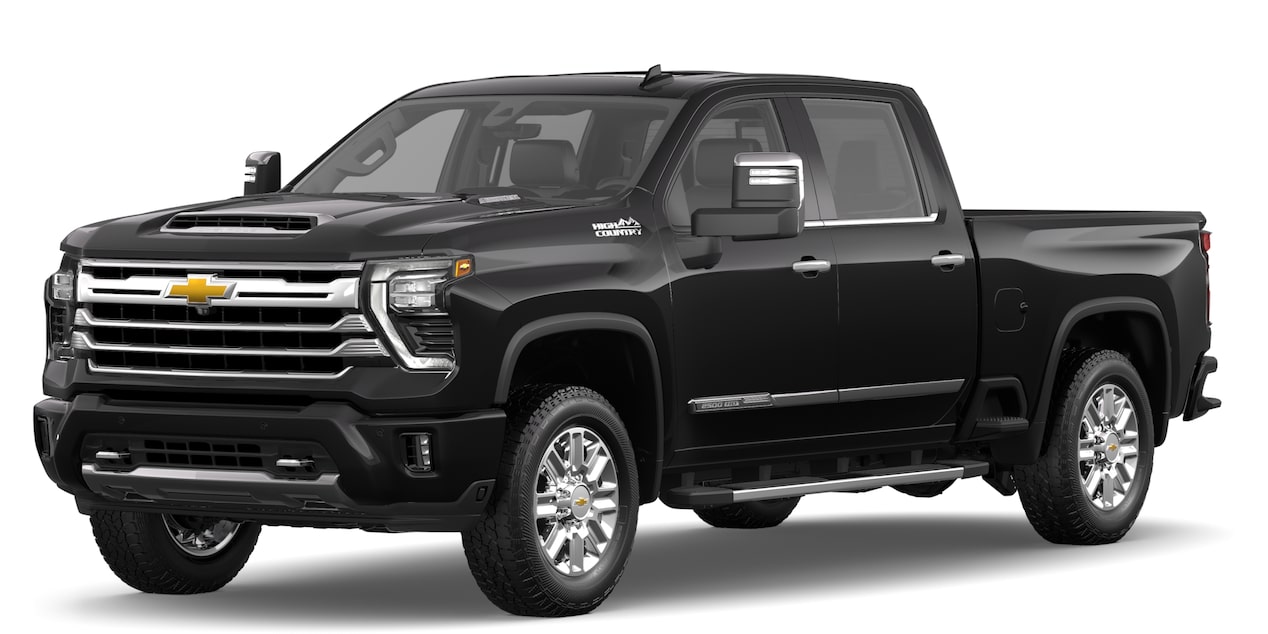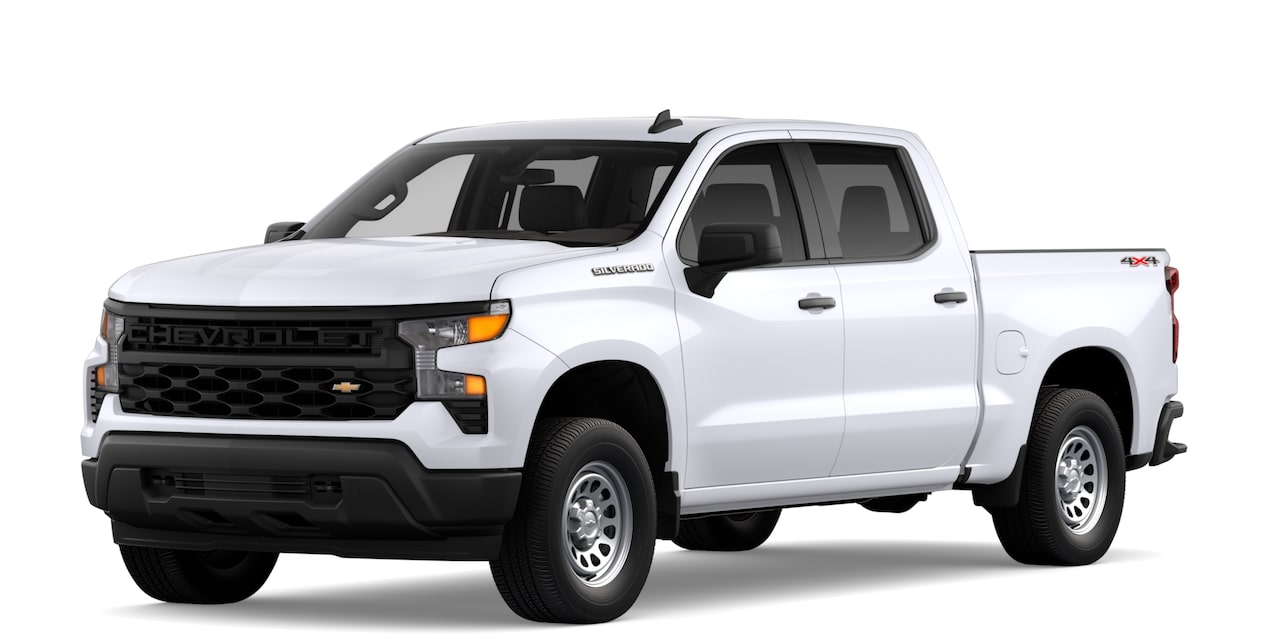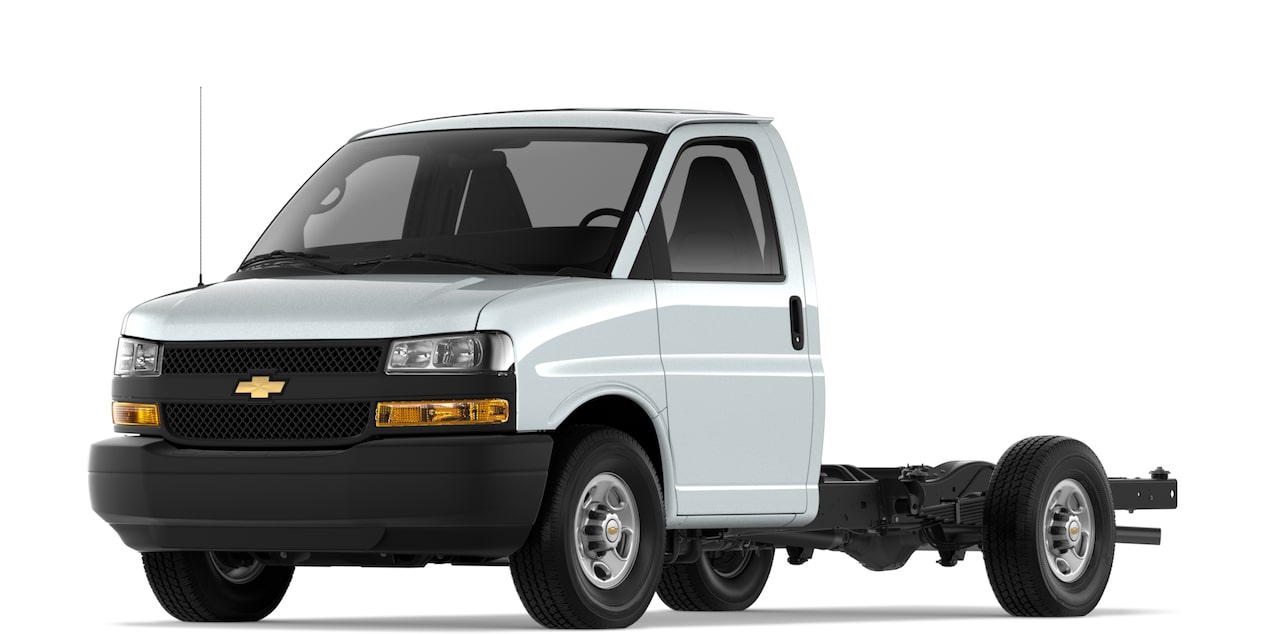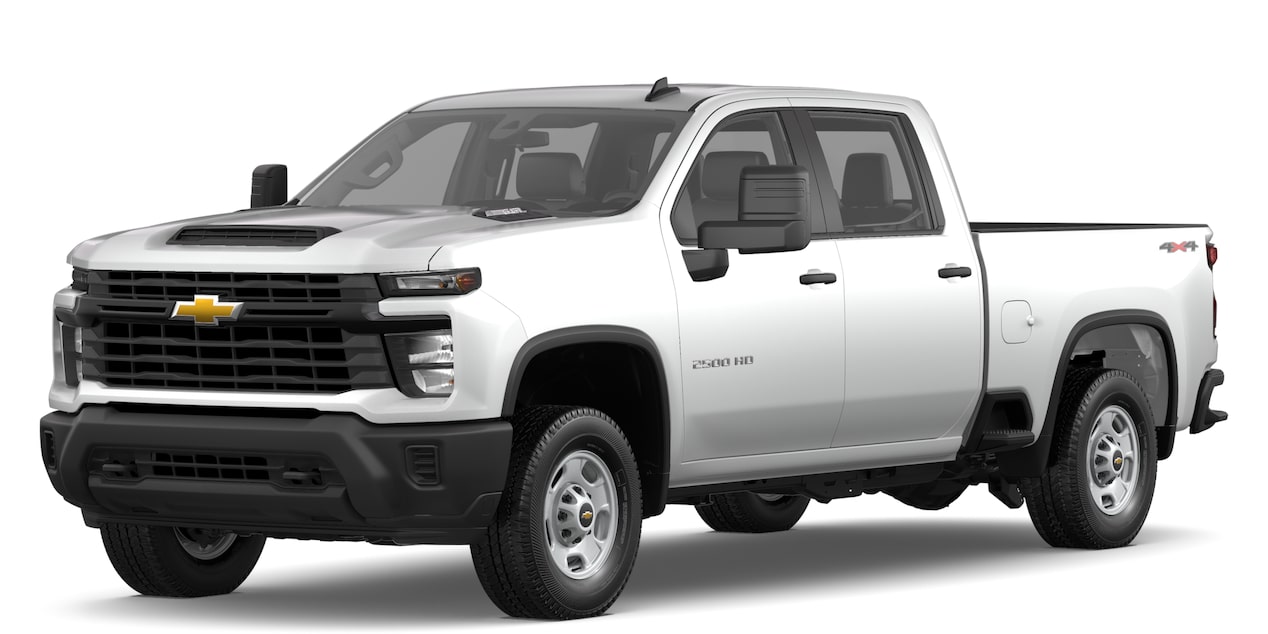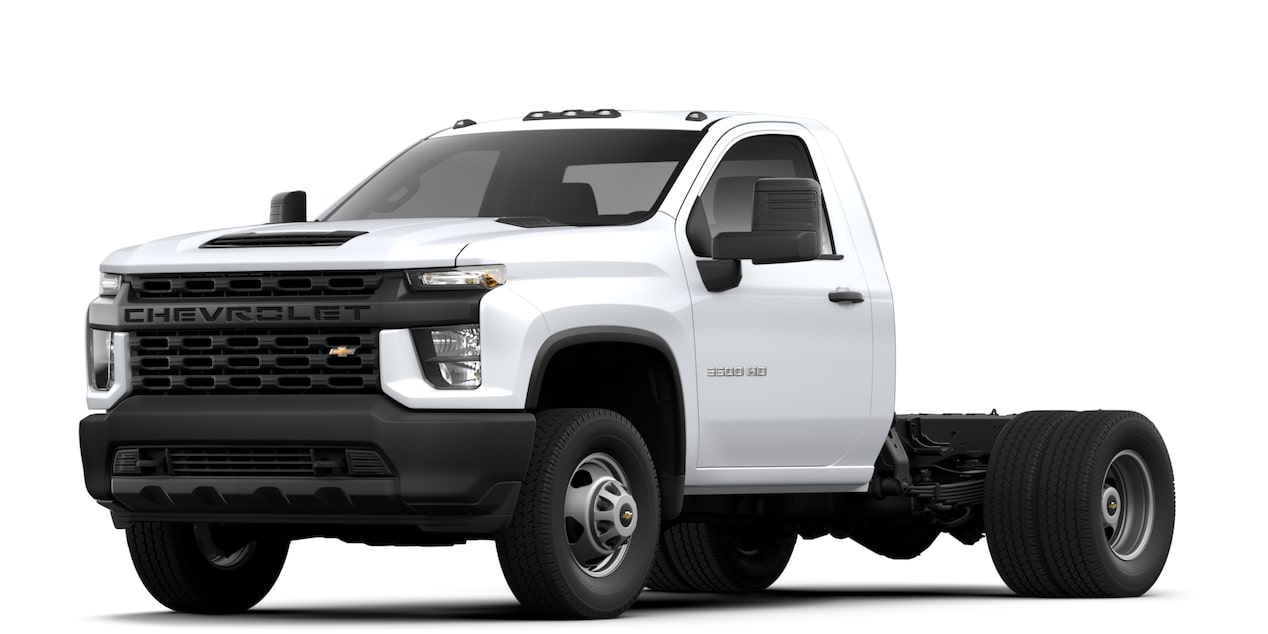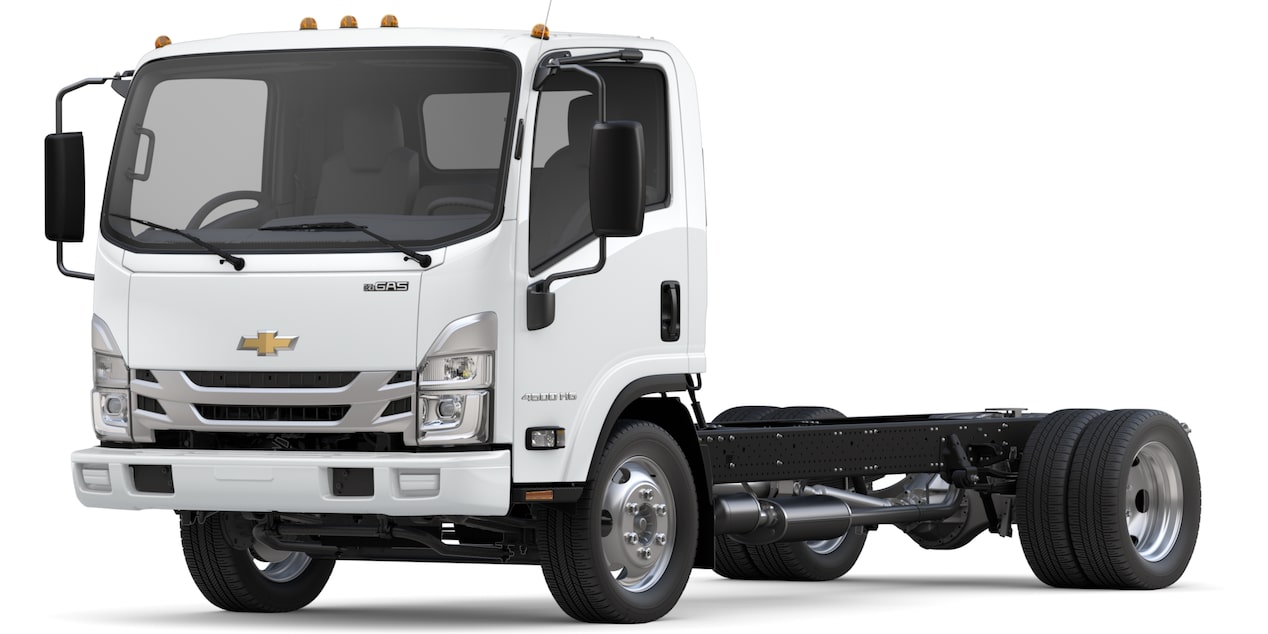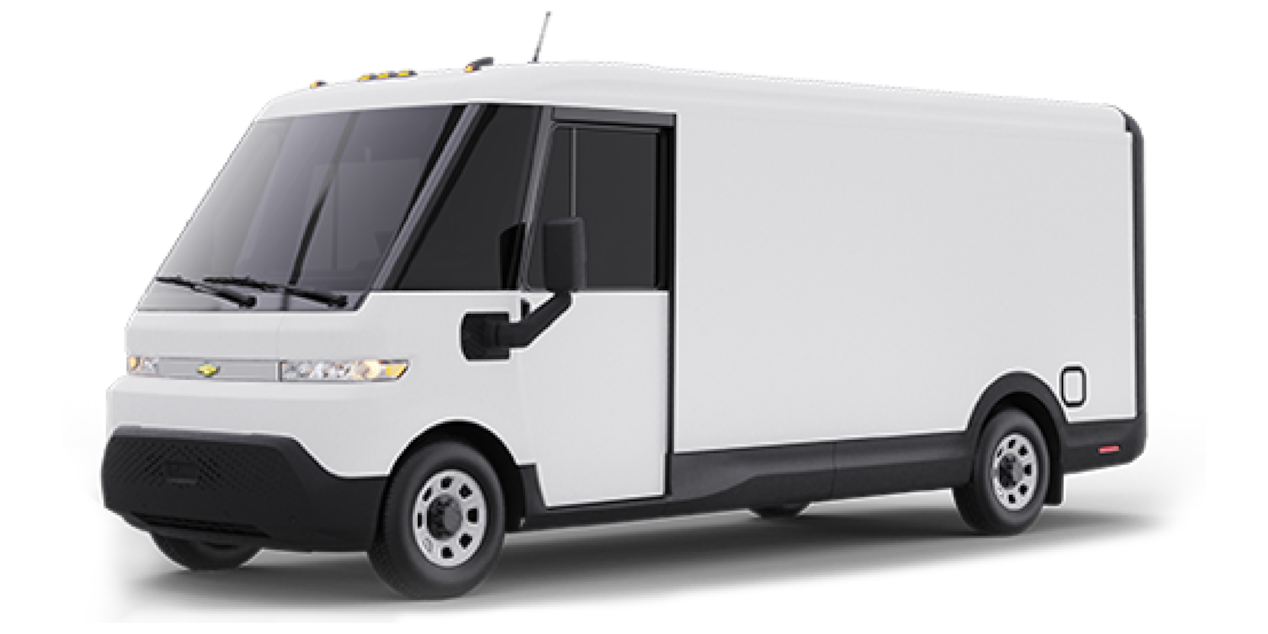
Published 10/22/24
Wicked Wagon: A Supercharged LSX376-B15 is Under the Hood of this 210 Handyman
WORDS: THE BLOCK
PHOTOS: NATE LIGHT
Share on
Share on
Visit us at
Visit us at
At some of the biggest automotive events nationwide – from HOT ROD Power Tour to the C10 Nationals and beyond – a goldish-brown 1955 Chevrolet 210 Handyman wagon is a constant. The classic ride belongs to Jeff Thisted, a familiar voice at those renowned events as he often serves as their emcee.
Thisted is a diehard automotive enthusiast himself, and since April of 2024, his Handyman has been powered by a supercharged Chevrolet Performance LSX376-B15 crate engine.*

Jeff Thisted’s LSX376-B15-powered 1955 Chevrolet 210 Handyman wagon. The car can be spotted at shows nationwide.
“I had an LS before, but it was naturally aspirated,” Thisted said during September’s Bowtie Nationals at Indianapolis Raceway Park. “All these friends of mine have superchargers and I see them all around … I said, ‘Well, why not?’”
The engine came from Gandrud Chevrolet and features a 3.0L Whipple supercharger and a Wegner Automotive front drive kit. Wegner assembled, tested and tuned the engine at its facility in Markesan, Wisconsin, wringing out 773 horsepower at 6600 rpm with a mild tune. Thisted requested a mild setup since he knew he was going to use the car a lot. (This story’s moody, rain-soaked images from Indy are proof this is no trailer queen).
The power plant was then installed by Orange County Hot Rods in Corona, California.
Thisted speaks highly of his experience with the engine thus far.
“It’s reliable as can be; it starts every time, when it's cold, when it's hot,” he said. “The drive-by-wire is a learning curve because with the old cable; if I pushed down, it would just kick down automatically. But with the drive-by-wire you can just kind of watch the rpm a little bit and the supercharger does its job.”

The car’s Chevrolet Performance LSX376-B15 crate engine* is topped with a 3.0L Whipple supercharger.
The engine is built on an LSX cast-iron block with six-bolt, cross-bolted main caps and features an all-forged rotating assembly along with a hydraulic roller camshaft. High-flow, LSX-LS3 six-bolt rectangular-port cylinder heads are also part of the package. As the name implies, the LSX376-B15 supports up to 15 pounds of boost created by a supercharger or turbocharger. Before the addition of a power adder, Chevrolet Performance rates the engine at 473 horsepower and 444 lb-ft. of torque.
The engine looks good, too. The Chevrolet bowtie and “LSX” are etched into the cylinder heads, while the block and valve covers are painted in the famous Chevrolet orange. The valve covers read “LSX376” to leave no doubt regarding displacement.
In all, Thisted finds the engine extremely user-friendly. That’s a stark contrast to some built supercharged mills that can be quite complicated.
“It's idiot-proof,” he said. “It's pretty awesome.”

The wagon maintains all the classic Chevrolet style from the mid-1950s.
Thisted, who originally hails from Colorado, had a 1969 Corvette as his first car. Over the years, other vehicles he’s owned include a 1968 Impala wagon and a 1972 K5 Blazer. He was looking for another wagon and found the Handyman online close to 15 years ago in upstate New York. It checked all the boxes he was looking for: a Small-Block engine with an automatic transmission, air conditioning, power steering and power brakes.
Since the car had been stored in a climate-controlled environment, it had few of the rust issues that often plague vehicles from that region of the country. Thisted knew it was what he wanted and had it shipped to his home in Los Angeles at the time.
He soon began making upgrades.
Among the changes were replacing the 350 cu.-in. Small-Block with a Gen III LQ4 LS engine bored and stroked to 408. The engines were originally found in General Motors trucks between 1999 and 2007. Additionally, Thisted swapped out the TH350 transmission for a 700R4.

The Handyman sits on a Roadster Shop SPEC chassis.
Today, the new LSX376-B15 is backed by a GearStar GM 4L80 Performance Transmission Level 4. It is paired with a Yank Performance billet torque converter good for 1000 horsepower to handle the supercharged engine’s high power output. The setup includes a Gear Vendors overdrive and a QA1 carbon-fiber driveshaft.
The 210 Handyman also now sits on a Roadster Shop SPEC chassis. The modern chassis features all suspension components, and Thisted’s choice has Wilwood four-wheel disc brakes and a rear end with 3.70 gears. The popular chassis are designed to work with and complement the modern performance of crate engines.*
“All you have to do is call and tell them you want LT, LS, Small-Block or Big-Block,” Thisted said. “If it wasn't a wagon it would've been plug and play, but with that chassis we had to grind off one of the ribs on the rear of the wagon body. Otherwise, it's a complete drop-in.”

The interior also includes multiple modern upgrades but has a 1950s flair.
The paint on the Handyman is called Autumn Bronze Metallic and is a similar shade to the car’s original color, a rarity in an era when many vehicles were two-tone. The car rides on American Racing Torq Thrust wheels paired with Continental ExtremeContact DWS06 Plus tires.
Inside, the interior is a dark saddle color featuring TMI seats, along with a dash pad and door panels from the company. Other modern amenities include Dakota Digital RTX gauges and a Vintage Air air-conditioning unit.

Jeff Thisted can be seen and heard emceeing many of the nation’s premier automotive events each year.
Today, Thisted primarily makes his living traveling the show circuit, but he worked in Hollywood for years. The profession originally took him to West Los Angeles and then Redondo Beach. However, he recently moved back to Colorado and lives in Evergreen, north of Denver.
“I wanted to be America's favorite TV game show host; I always loved game shows and that kind of stuff,” he said.
He worked on “The Price is Right” for many years and hosted a few other game shows while also making appearances on automotive television programs. He’s done some commercial work as well.
Plus, as a lifelong car guy, he was a natural fit to serve as emcee for HOT ROD Power Tour and several international auto shows. That work snowballed into events like the Bowtie Nationals, C10 Nationals and others across the nation.
“I see the USA in my Chevrolet,” Thisted said.
In his travels, he’s seen thousands of unique builds from a variety of manufacturers, but his heart remains with the Bowtie.
“I like all cars,” he said. “But I’m a Chevy guy.”
Be sure to keep watching The BLOCK for more Chevrolet Performance-powered builds from the Bowtie Nationals and automotive events across the nation.
*Because of their effect on a vehicle’s emissions performance, these engines are intended exclusively for use in competition vehicles. These engines are designed and intended for use in vehicles operated exclusively for competition: in racing or organized competition on courses separate from public roads, streets or highways. Installation or use of these engines on a vehicle operated on public roads, streets or highways is likely to violate U.S., Canadian, and state and provincial laws and regulations related to motor vehicle emissions.




